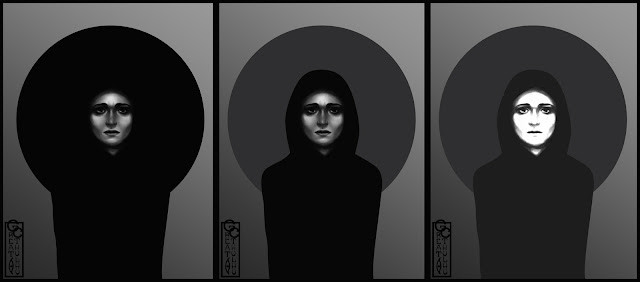The Science of Circulators
THE SCIENCE OF CIRCULATORS
A closer look at the science of circulators, the tools you need to practice the sous-vide cooking technique, which can produce incredible results.
The sous-vide cooking technique has a strong scientific background, not least because it was first researched by NASA in the ‘60s as a method for preparing astronauts’ meals. Since then, it has been adopted and perfected by kitchens all over the world. Sous-vide is a French term for cooking under vacuum.
For some time now, a number of appliances have started to appear on the market providing a domestic version of sous-vide cooking which, in actual fact, if used correctly, can produce some excellent results. On the grounds of these principles, special devices called circulators have been developed.
SOUS-VIDE COOKING AND CIRCULATORS
The greatest advantage of sous-vide cooking is that it enables the achievement of two results: it cooks food to perfection and retains all the juices of the ingredients. This is mainly due to the fact that a constant low temperature is used to cook the foods more slowly. The heat penetrates the food without causing thermal shock, so there is no risk, for instance, of a steak being burnt on the outside and raw inside. Then, the fact that the cooking process takes place in sealed pouches, maintains intact all the natural moisture and flavour of the food. Despite the name of this method, vacuum sealed bags are not necessary, they just have to be air-tight to prevent the moisture from escaping.
The circulators' basic purpose is to heat the water to the desired temperature and keep it constant. In actual fact, these devices are small immersion pumps which, once positioned in a pan full of water, suck up the liquid and use their serpentine coils to heat it, before pouring it back into the container. A precision thermometer then proceeds to activate or deactivate the heat coils to keep the temperature constant. Hence, the name derives from the circulation of water in the device.
HOW TO USE A CIRCULATOR
If you decide to use a circulator, all you have to do is place the food in a sealable bag with all the seasonings and herbs you want to add; attach the bag to the pan using a clip so that it remains immersed in the water and switch on the circulator. Finally, set the target temperature according to the type of food and the result you wish to obtain.
Once cooked, the moment has come to taste the result, even though in the case of some foods it is advisable to finish them off in the oven, on the grill or in a frying pan to trigger the Maillard reaction and create a delicious caramelised outer crust. When it comes to meat, this step should never be skipped: it just takes a few seconds to make your sous-vide cooked dish even more delicious.
WHAT CAN YOU COOK IN A CIRCULATOR?
There are many circulator models on the market, starting from around €100. Some offer attractive functions, such as wireless control via Smartphone or tablet apps. This is useful for starting the cooking process from a distance and receiving confirmation when the food is done.
Whatever your choice, a gadget of this type enables you to achieve results that would be difficult otherwise. For example, boiling meat to the point that it is tender yet rare, ready to be turned into a mouth-watering steak.
When cooked with a circulator, the true flavour of vegetables, fish and even eggs will be revealed. Try salmon, for instance. Pop it into the bag in pieces, add a little brine (a water and salt solution); now seal the bag and put it on to cook for 20 minutes at 52°C. What you get is cooked salmon whose consistency is as buttery as top-quality sashimi. Magic? No, science.
http://bit.ly/2uVrbF2


Comments
Post a Comment